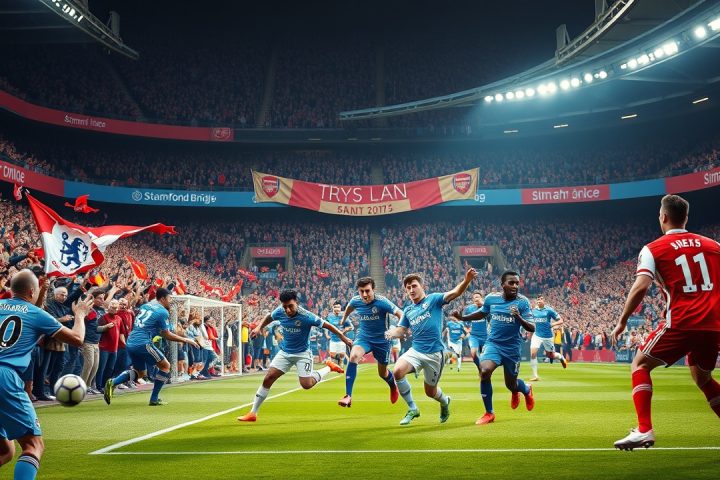The Cultural Influence of Jersey Design in Soccer
In the realm of soccer, the influence of jersey design transcends mere aesthetics, invoking discussions on culture and fashion. The diagonal sash, synonymous with teams like River Plate and Peru’s national squad, has become a hallmark of football heritage. But its origins and early adopters remain subjects of intriguing debate among historians and fashion experts alike.
Historical Evolution of the Sash
Historically, football kits were simplistic and devoid of distinguishing features. As the need arose for players to visually differentiate between opponents and teammates, the introduction of the sash emerged. Andrew Groves, a fashion design professor at the University of Westminster, suggests that initial implementations may have involved separate sashes worn over jerseys, making them impractical for gameplay. This likely delayed their widespread adoption until they could be seamlessly incorporated into the shirts themselves.
Research from Historical Football Kits indicates that during the 19th century in England, particularly in schools leading up to the establishment of official clubs, players often wore whatever apparel was available, distinguishing teams through accessories like caps and sashes draped over cricket whites. One of the earliest instances of a sash in an official club kit is traced not to South America, but to Burnley in England. In 1887, this club sported a white jersey adorned with a dark blue diagonal sash, distinctively featuring the royal coat of arms after a visit from Prince Albert Victor, marking a significant royal association with football.
“This visit is noteworthy as it was the first of its kind for a British royal at a football ground, further embedding the sash’s symbolic value in sports.”
The Sash as a Symbol of Identity
Sashes have long been symbols of authority and identity, rooted in military and ceremonial practices as far back as the 17th century. Groves highlights that these garments were worn across the body, making a visual statement of allegiance and rank. The concept of heraldry, which emerged in the 12th century, utilized similar diagonal designs to denote lineage and affiliation in battles and tournaments, establishing a lineage of symbolic meaning behind the sash.
The legacy of the sash in football extends beyond Burnley. Everton, known at the time as St. Domingo FC, also experimented with sash designs in 1881, sporting an all-black kit with a red diagonal strip, which later earned them the nickname ‘The Black Watch’ due to its resemblance to a British Army regiment. Fast forward to 2021, this historical design saw a resurgence through a new away jersey inspired by the club’s past.
Modern Adaptations and International Impact
For the 2023-2024 Premier League season, Manchester City is set to revive the sash motif in their home kits, its first regular-season appearance since the 1970s. This development can be linked to advancements in textile technology, particularly the introduction of sublimation printing, which made intricate designs more feasible and cost-effective.
Internationally, the sash has made its mark as well, famously associated with clubs like River Plate in Argentina. Their iconic red sash, first donned in 1905, has sparked various theories about its origins, from aesthetic influences of carnival floats to connections with the Italian Genoa community, who played a role in the club’s foundation. Peru’s national team further popularized the design from 1935 onward, embodying their national identity during events like the Olympics.
The diagonal sash’s cultural footprint has reached teams as diverse as the U.S. national soccer team, which first adopted a striped kit during the 1948 Olympic Games in London. It was a design echoed when they stunned the English team with a victory in the 1950 World Cup. La Liga’s Rayo Vallecano introduced a red sash in 1949, sparking discussions about rivalry and homage to iconic teams like River Plate, although the true origins remain murky, adding to the sash’s rich storytelling.
Conclusion
Kitted Out serves as a reflection on how soccer kits, specifically the sash, symbolize deeper narratives of style, heritage, and identity within the sport. This exploration is supported by a partnership with VW Tiguan, ensuring editorial independence throughout the reporting process.




